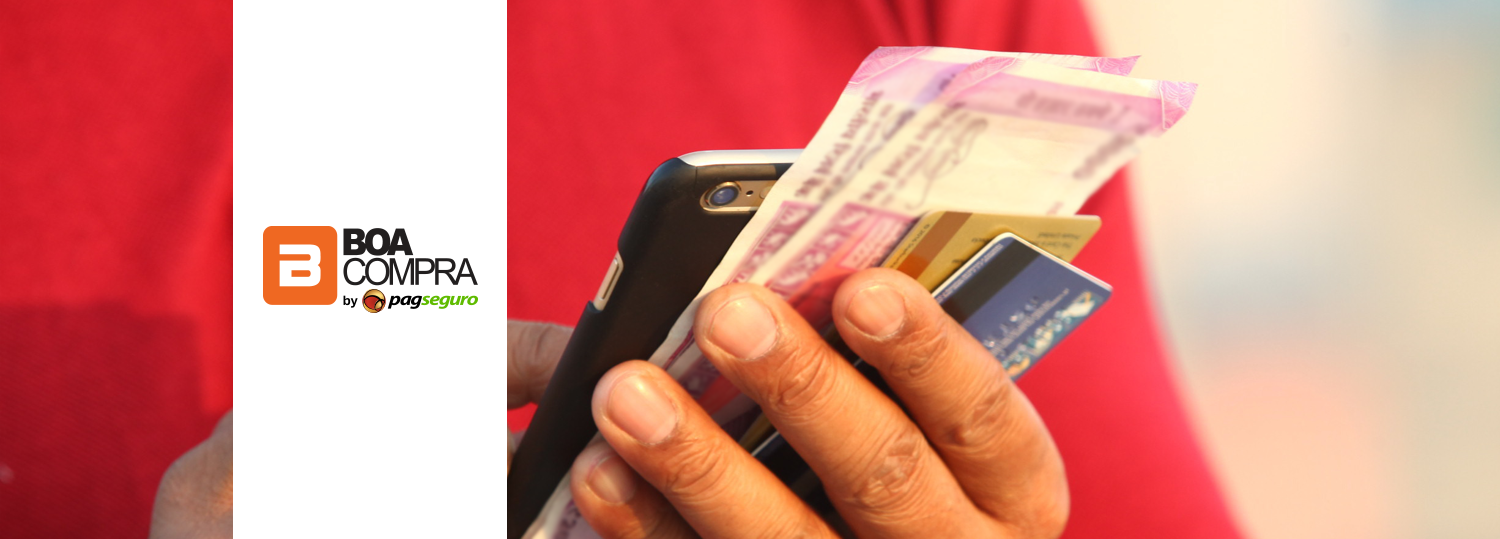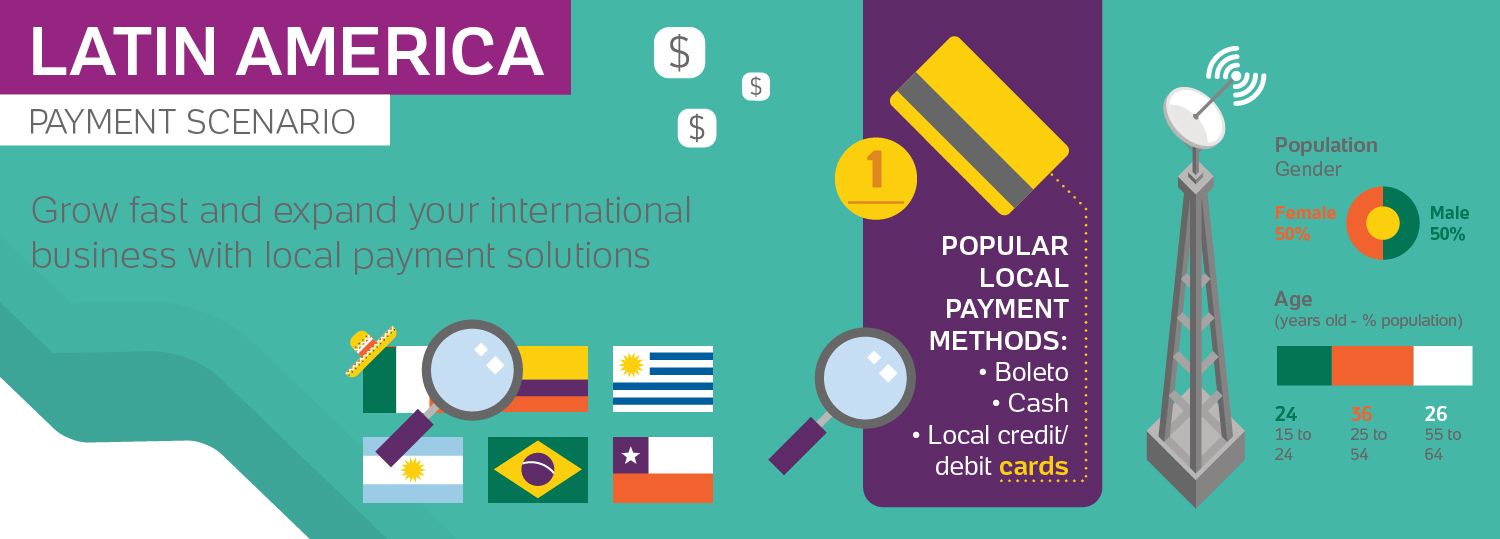From bartering with seeds and cattle to metal objects, there was a time when people paid their purchases by trading products. It was only in ancient China, during the Tang Dynasty, that merchants began to use paper money as a form of guarantee for the exchange of coins at the end of long journeys. And this trend caught on.
Centuries have passed and now we have credit cards, bitcoins, e-wallets and a number of applications that simplify payments, such as PagSeguro and PayPal. It’s hard to imagine that many centuries later those paper banknotes and pieces of metal would still be in full circulation as it happens in Latin America, where cash is viewed as a sign of trust and is one of the most used payment methods.
Overview of the Unbanked Population
It is a fact that in developed countries, like the United States, almost all the population has access to the most diverse digital and electronic payment services. However, according to World Bank 2017’s report, 1.7 billion adults remain unbanked – without an account at a financial institution – at a global level. In 2014 that number was 2 billion.
Regarding the unbanked population in Latin America and the Caribbean, estimates put the number around 400 million. Since it involves billions of dollars in cash, this represents a big opportunity to those companies that know how to reach this kind of consumers.
Barriers to Financial Services in Latin America
As reported by the Global Findex Database 2017, the cost of an account at a financial institution is an important barrier. In Brazil, Colombia, and Peru almost 60% of unbanked adults cited cost as an issue. In addition, the same report states that distrust in the financial system is also considered a great barrier in Latin America.
According to a survey conducted by the Central Bank of Brazil, more than half of the Brazilian employees said they receive their salary in cash. And, more than 60% of commercial establishments do not have credit and debit machines to sell their goods – says a report from SEBRAE (Brazilian Service to Support Micro and Small Enterprises). Summarizing, this means that these forms of payment are still restricted to 2 out of 5 of merchants.
e-Commerce grows its own way in LATAM
It is all about the online consumers’ culture, behavior and preferences. The trustworthy commercial relationships and the lack of access to digital tools (and bank accounts) are the reasons why cash reigns among LATAM consumers. Each country, however, developed its own way to legitimate transactions, payments and installments as we have already described in our exclusive infographic and in this article: How alternative payment methods can help your business in LATAM.
BoaCompra offers one simple integration that covers all the major countries in Latin America, enabling merchants to easily access expanding markets though local payment methods such as Boleto in Brazil, Oxxo in Mexico, Rapipago and Pagofacil in Argentina, Multicaja and Servipag in Chile, Redpagos in Uruguay, Efecty and Baloto in Colombia and PagoEfectivo in Peru. The provision of these services has resulted in a process of inclusion that enables access to goods and services for a big part of the population that once felt excluded, but now demands to operate in digital platforms.






